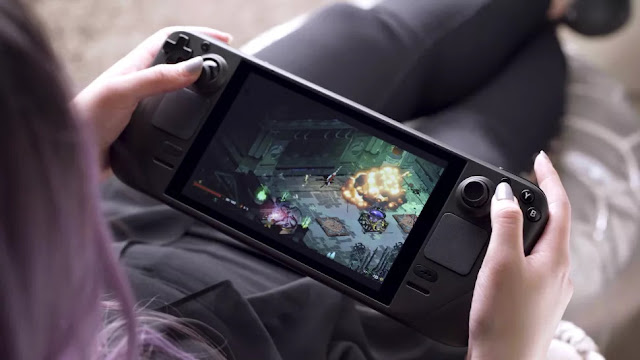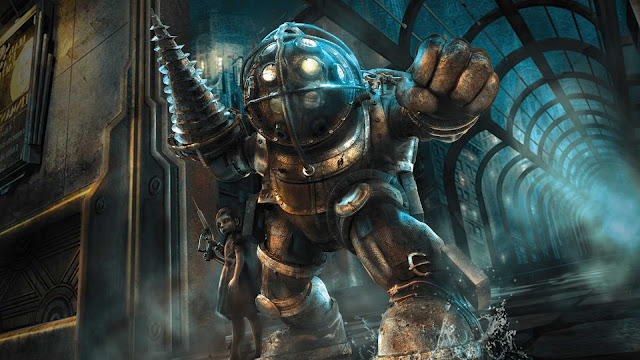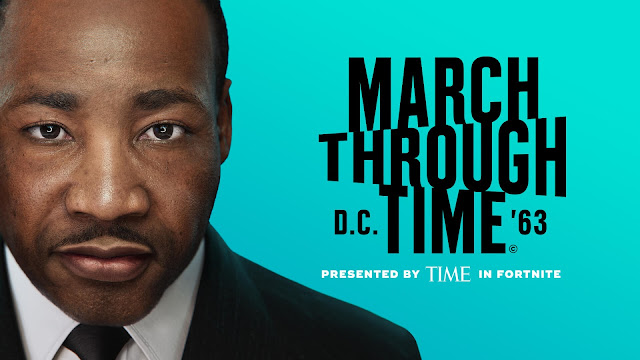MSU-1 And the Rebirth of the SNES CD And Setellaview
The Nintendo Playstation sounds to the common gamer like a statement that a troll on reddit or Twitter would come up with as joke. But many hardcore gamers know the story that Nintendo and Sony initially were going to make both a CD add-on for the Super Nintendo and an all in one console called the Nintendo Playstation. The project died in 1991 and has been regarded as Nintendo's worst failure, giving rise to their own competition. But what if I told you that through emulation and flash carts, the Super Nintendo CD lives in a very odd fashion? It's an odd thing, I'll need to explain further.
We need to go back to the original SNES CD concept and how it sprouted from the Super Nintendo development. In 1988, Sony approached Nintendo with a brand new audio chip for the upcoming Super Nintendo project, a chip created by future Playstation creator Ken Kutaragi. Nintendo bought the chip, which allowed for sample based music to be created and boosted the SNES' audio beyond that of any console at the time until the CD based tech hit the scene. This also opened the door for further cooperation, which led to Nintendo and Sony collaborating on a SNES CD and Nintendo Playstation, an attempt to counter the work SEGA was planning with the SEGA CD.
 However due to licensing issues that would see Sony making the lion's share of cash from SNES CD software and hardware sales Nintendo pulled out and partnered with Phillips instead, leaving Sony stuck in the water. But we know how that story ends for Sony, let's focus on Nintendo, who went with Phillips. Sadly there's no real info on Phillips' version of the SNES CD or why it was aborted, but we do know Phillips got the rights to make four Nintendo based games for the console they made instead, the Phillips CDi. Those games are considered some of the worst ever made; with terrible animation, poor gameplay, and memeworthy voice acting. It would be another 15 years before Nintendo would embrace traditional disc media with the Wii, as even the Gamecube would have mini-discs for some bizzare and stupid reason only known to Hiroshi Yamauchi.
However due to licensing issues that would see Sony making the lion's share of cash from SNES CD software and hardware sales Nintendo pulled out and partnered with Phillips instead, leaving Sony stuck in the water. But we know how that story ends for Sony, let's focus on Nintendo, who went with Phillips. Sadly there's no real info on Phillips' version of the SNES CD or why it was aborted, but we do know Phillips got the rights to make four Nintendo based games for the console they made instead, the Phillips CDi. Those games are considered some of the worst ever made; with terrible animation, poor gameplay, and memeworthy voice acting. It would be another 15 years before Nintendo would embrace traditional disc media with the Wii, as even the Gamecube would have mini-discs for some bizzare and stupid reason only known to Hiroshi Yamauchi.But what of the second life of the SNES CD? How does it live still if it was abandoned decades ago? Well the answer is emulation and the MSU-1 chip. Released by biyuu, the developer of the higan emulator, sometime in the early 2010's (hard to pin down a specific date). The MSU-1 Chip, both an emulated chip and embedded inside the SD2SNES flash cart, allowed the Super Nintendo and SNES emulators to load up ROMs that have CD quality audio, Full Motion Video, and even improve performance in certain games, things previously impossible on SNES. This has blown open the floodgates for a new wave of Super Nintendo mods that emulate how the SNES CD might have worked and make several games run and feel smoother.
Most of these projects consist of adding remixed music and making performance boosts to older games like Secret of Mana (initially planned for the SNES CD) and Super Ghosts and Goblins. Meanwhile games like Chrono Trigger and Mega Man X3 gain FMV cutscenes from later releases on Playstation. But the most impressive one in my opinion is A Link to the Past MSU Edition by Conn from Zeldix.com, which not only uses the ZREO fan remixes of A Link to the Past's soundtrack but also fan animated FMV's from Aeipathy Industries based off the Link to the Past's manga adaptation with voice acting provided by industry professionals like Todd Haberkorn and Vic Mignonga (back when his name meant something). To be honest it's ultimately using works that were already there but it still impressive and gives A Link to the Past more of a Sonic CD/Lunar: Eternal Blue pizzazz than most other fan-projects.
MSU-1 has also helped revive the old Satellaview add-on for Super Famicom that ran from 1995-2000. Long story short Satellaview was a Japanese exclusive add-on for the SNES that used a satellite hookup to download new games and stream audio of commentaries and live music. A lot of the ROMs were found on download cart and have been restored but no one could get the streamed audio back. But with MSU-1 the audio tracks can be recreated and the commentaries restored from recordings and scripts, allowing for even English dubs of these restorations. This is most relevant for the BS Zelda games, games that make extensive use of narration and commentary but some others made use of remixed music that can be recreated. Seeing as how emulation can't even crack the tech used to run the Satellaview audio features no matter how hard people try, MSU1 is the only way to closely experience the Satellaview as it was meant to be experienced.
Emulation can do so much, making the ability to play forgotten retro games easy, avoiding scalpers, enhancing portability and in cases like MSU-1 make the games better to play. There is a bit of a grey area behind this which is why I'm keeping silent on how to do it. It's amazing how with a little effort one can revive that thought lost and re-imagine old classics in a new light. The SNES CD and Satellaview live once more, so go find a way to check them out, it'll be worth it, trust me.








Comments
Post a Comment